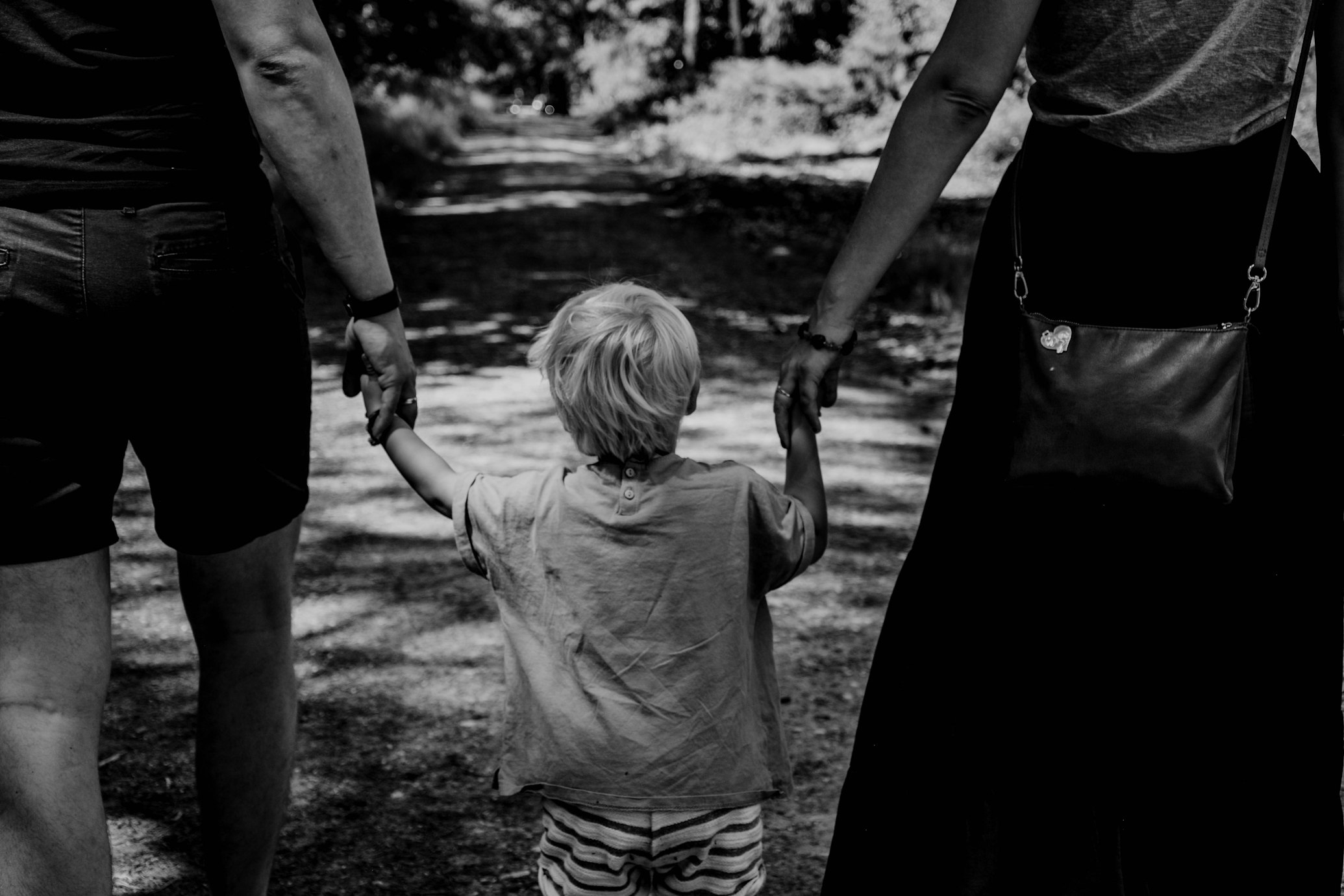Gratitude and Grudges in Children: The Importance of Teaching Your Child About Gratitude
Many would assume that the concept of gratitude and reciprocity is part of human nature. It seems almost intuitive to thank a person that has aided us and to return the favor whenever they are in need. This kind of behavior is typical to humans across cultures and societies, and is one of the major factors contributing to harmony, and cooperation among communities. However, new evidence suggests that reciprocity is in fact not intuitive, and must be taught by the parents to children as a social rule. In one experiment, children aged four to eight played a game which involved two groups. In the first version of the game all the children received stickers except for one. One of the other children however gives his sticker to that child. In the second task, the participating child was given an extra sticker and was told that they could share it with another player if they wanted to. However, in all cases, the children refused to give away their extra sticker, and did not acknowledge the favor that they owed to the child from the first task. Moreover, when forced to give away the extra sticker, none of the children gave it to the person that gave them the extra sticker, but rather gave it out randomly. This implies that the concept of positive direct reciprocity, gratitude, or “you scratch my back, and I will scratch yours” is not really present in children.
On the other hand, other forms of direct reciprocity are displayed in children’s behaviors, for instance grudges were proven to come naturally to them. To elaborate, direct reciprocity comes in two forms:
1. Gratitude: being thankful and returning back a favor that another person has done for us.
2. Grudges: returning injuries to a person who has done us harm.

In another experiment, a group of children was made to steal stickers from the other group. Later on, the roles were reversed, and the children from the first group were given the opportunity to steal the others’ stickers. Consequently, the majority of the first group retaliated and stole stickers from the person who had taken it from them in the first task.
So, even though children can clearly and equally remember the people who were “good” and “bad” to them, they were only eager to return the negative behavior to the other person.
This implies that gratitude should be taught to children in the form of short fables or direct examples about people returning favors and acknowledging positive gesturers directed towards them.
For example, in a final experiment, when children where told a story about a player who returned a sticker to another player who had done them a favor in a previous round. A significant number of children did indeed show gratitude and direct reciprocity, implying that it is a principle that should be learned and then applied.
References
Chernyak, N., Leimgruber, K. L., Dunham, Y. C., Hu, J., & Blake, P. R. (2019). Paying back people who harmed us but not people who helped us: Direct negative reciprocity precedes direct positive reciprocity in early development. Psychological science, 30(9), 1273-1286.